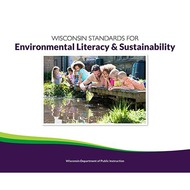Earth's Albedo and Global Warming
(View Complete Item Description)This interactive visualization adapted from NASA and the U.S. Geological Survey illustrates the concept of albedo, which is the measure of how much solar radiation is reflected from Earth's surface.
Material Type: Simulation




















